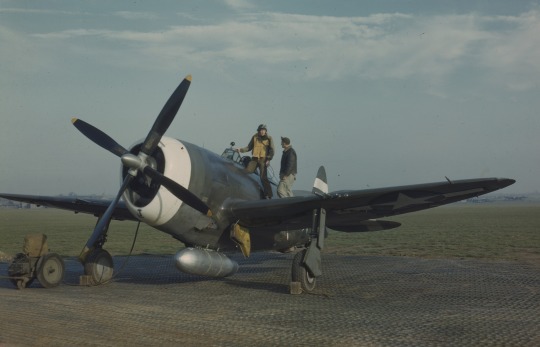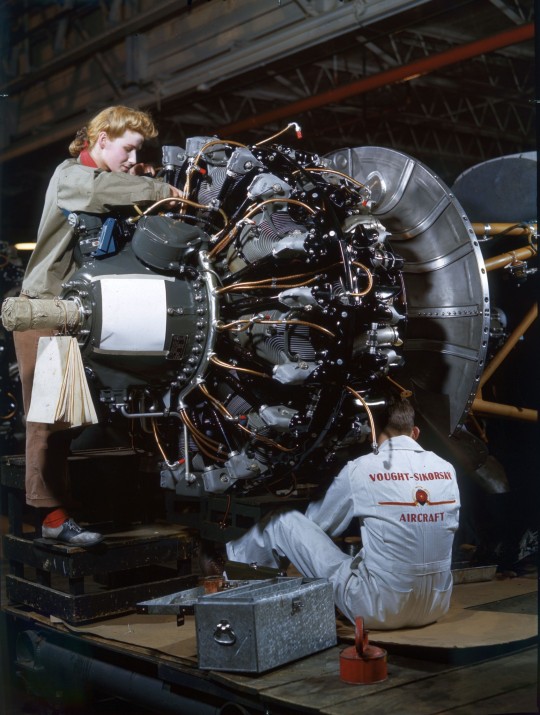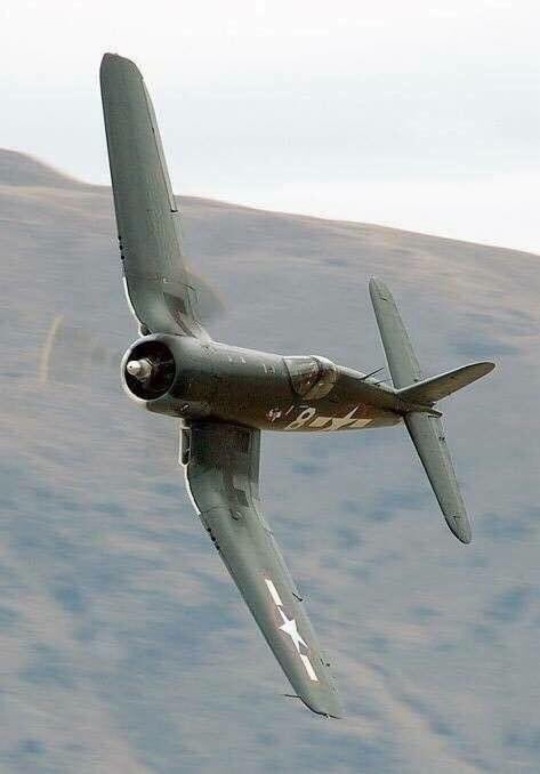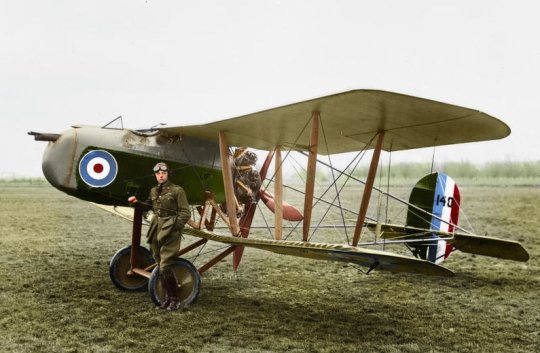Text

P-47 Thunderbolt, WWII aircraft in color
346 notes
·
View notes
Text

Focke-Wulf Fw 190A-4 of 1./JG 54 Grünherz, Krasnogvardiesk, 1942. For more, see my Facebook group - Eagles Of The Reich
78 notes
·
View notes
Text

Two workers attaching a Pratt & Whitney R-2800 Double Wasp onto a F4U Corsair at the Chance-Vought factory in Stratford, Connecticut.
Date: March 1943
NARA: 179036630
465 notes
·
View notes
Text

U-204 entered service on 8 March 1941. She made 3 combat campaigns under the command of Kapitänleutnant Walter Kehl. She sank four merchant ships and one warship with a total displacement of 18,420 tons. She was sunk on 19 October 1941 with the entire crew of 46 near Tangier, southwest of Gibraltar from depth charges by the Royal Navy corvette Mallow and the sloop “Rochester
66 notes
·
View notes
Text

A Messerschmitt Bf 110 fighter bomber on public display in London, after being shot down, October 1940.
308 notes
·
View notes
Photo

The B17 crew of “The Big Bitch” don their Mae Wests, parachute harnesses and flying suits before take-off for their bombing mission, Sept 1942
195 notes
·
View notes
Text

Corsair 🇺🇸♥️
@Sylvia70485099🇫🇷🇺🇦 via X
395 notes
·
View notes
Text
An F4U-4 Corsair of Marine Fighter Squadron VMF-212 on the catapult, ready to launch from the escort carrier CVE-116 USS Badoeng Strait (CVE-116) off the cost of Korea during the Korean War, 1952

52 notes
·
View notes
Text

B-17G Radio Operator’s compartment 1944
62 notes
·
View notes
Text

Cockpit of a B-17G October 1944
132 notes
·
View notes
Text

Rumanian Messerschmitt Bf.109G-6 and German heavy transport aircraft Messerschmitt Me.323E-2 WT “Giant”
73 notes
·
View notes
Text

Reining in a Wildcat aboard USS Ranger, August 1942
@Tempest_Books via X
125 notes
·
View notes
Text

Republic P-47 Thunderbolt fighter bomber in Italy, 1944
136 notes
·
View notes
Text








The Royal Air Force entered World War II with no heavy bomber of its own in service; the biggest available were long-range medium bombers such as the Vickers Wellington which could carry up to 4,500 pounds (2,000 kg) of bombs. While the Short Stirling and Handley Page Halifax would become its primary bombers by 1941, in early 1940 the RAF entered into an agreement with the U.S. Army Air Corps to be provided with 20 B-17Cs, which were given the service name Fortress I. The experience showed both the RAF and USAAF that the B-17C was not ready for combat, and that improved defenses, larger bomb loads and more accurate bombing methods were required. However the USAAF continued using the B-17 as a day bomber, despite misgivings by the RAF that attempts at daylight bombing would be ineffective.
46 notes
·
View notes


